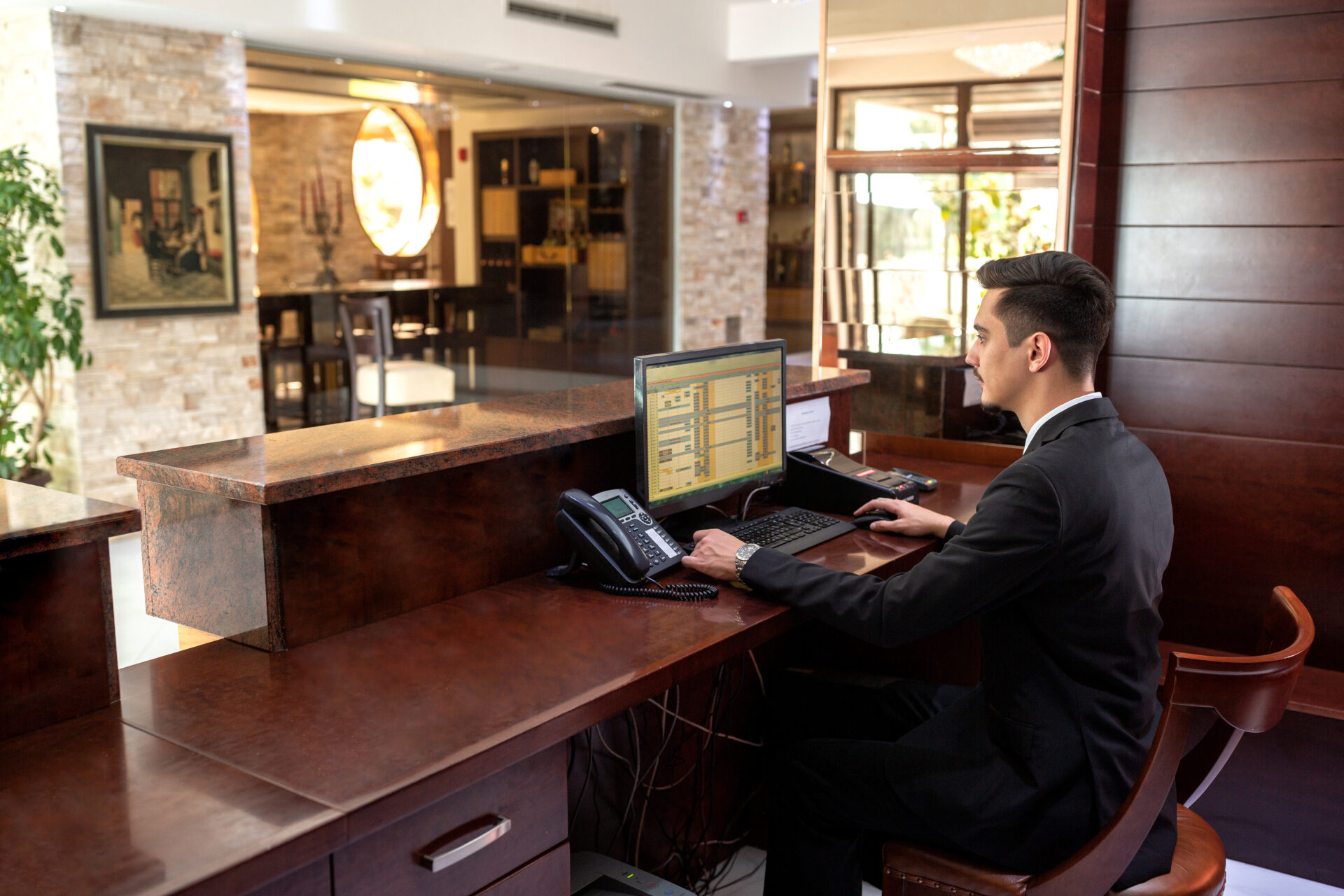Employees are busier than ever. That’s why often in organizations, learning and development activities occur infrequently, typically during onboarding or annually for compliance purposes. But L&D practitioners know that learning cannot take root and impact sustained performance changes if it is once and done. The Ebbinghaus Curve (or forgetting curve) indicates that knowledge retention is a mere 10 percent only a week after completing training.
The ultimate purpose of learning is to change behavior, which takes time, repetition, practice and continuous encouragement. Yet L&D teams often deliver a full suite of learning resources all at once. Learners consume the available training and perhaps the organization sees a spike in behavior change; however, without continued reinforcement over time, pre-training behaviors eventually return. That’s why the Choice University team asked ourselves how can we break the cycle of employees taking training periodically (i.e., when it’s “due”) and instead create a more regular habit of returning to the ChoiceU.com LMS over time, not just when they are initially onboarding or annually required.
Identifying the need
Recognizing the need for reinforcement methodology was a data-driven decision. An internal content analysis indicated steep drop-off with engagement of a learning asset 30 days post-launch. Alongside this data, external validation from Choice’s Business Intelligence team shows that hotels with higher Choice University engagement achieve stronger results with KPIs like revenue and guest satisfaction. Therefore, the need to drive “return” habits for learners matters more than simply LMS clicks, it makes a difference for hotels’ business.
Additionally, hotel employee turnover rates are typically higher than other industries, so new learners are onboarding all the time at any of our 7,000-plus franchised properties worldwide. We estimate that, on average, for a learning asset launched six months ago, approximately 1,000 learners will have missed the asset at launch. If we do not reinforce and remember over time, key learning concepts may be completely missed by an increasing percentage of our learner population.
Testing the concept
We piloted a blended solution for our customer loyalty program, one with which every hotel employee interacts. We developed “foundational” e-learning and video content followed by bite-sized “reinforcement” tools and resources to be strategically released over time, and then cyclically retired. Each iterative release of reinforcement content is intended to point back to or build upon a foundational learning asset, which drives new learners to take previously released content they might not have been aware of otherwise, while tenured learners refresh their knowledge and understanding.
Learners have been highly engaged with the non-mandated loyalty curriculum, returning frequently for reinforcements as they are launched. Our data shows that the reinforcement methodology increases engagement by an average 32 to 64 percent for both the foundational and reinforcement content compared to “normal” engagement for non-reinforced content.
Automated reinforcement technology
As a result of this successful pilot, we built functionality into the LMS for reinforcement automation that allows for uploading a set of learning resources that string together with iterative releases over time
to support building knowledge and skills cumulatively. This personalizes the learner experience and reinforces learning, with the timing of content based on when a learner was hired or has taken certain training.
Our team supports this reinforcement technology by frequently developing content that can be strategically released bit-by-bit over longer periods of time, for several months up to a year. Planning beyond a single learning asset helps us create an ongoing, layered set of learning experiences that cumulatively build and improve key skills that drive performance. Reinforcement sometimes means developing new learning but could be communicating existing content or something other than learning.
To create a culture of learning, reinforcement must be purposeful so we do not create learning for the sake of it. We take a long-range, continuous approach with reinforcement campaigns for select content, monitor engagement throughout the implementation lifecycle and adjust as needed. Additionally, we reward learners with badges at designated completion levels to drive return visits and continuous engagement with key content. In all of our design efforts, we leverage the automated mechanisms in our LMS to support the processes.
Results and the future
Since launching automated reinforcement technology, engagement results have been the same as our pilot with an average 32 to 64 percent above the levels of engagement for content without reinforcement. This approach brings learners back to ChoiceU.com over a few sessions to engage in microlearning, helping to build knowledge and skills cumulatively and allows time in between for practice and application.
As we identify emerging needs, we can deploy reinforcement via automated campaigns to drive engagement with training content just in time for impact. For example, when staffing became a significant challenge for hotels and owners increased their focus on cleaning rooms, we leveraged reinforcement automation to put learning content about housekeeping and quality inspection front and center. In other words, when guests’ expectations shifted, we released content and used reinforcement campaigns to promote those and related content.
We are finding there are numerous applications for this automation, even beyond the initial vision. We now use it for creating and launching new content, to drive engagement with existing content at key points in the employee life cycle, and to bring timely focus to topics impacted by changes in the market or the industry. Now that we have the technology at our fingertips, it just takes a little creativity to make the most of it and imagine new possibilities.
Dedication: This article could not have been written without the thought leadership of Chris Longstreet, director of learning experiences with Choice University, whose recent passing was much too soon.















